The ending of a long-running Shonen manga is a defining moment, shaping how the series is remembered for years to come. Yet, many iconic series stumble at this critical point, falling victim to what fans consider the “Shonen Epilogue Curse”. This trope is marked by rushed conclusions, unnecessary time skips, or bizarre character redesigns that fail to resonate with audiences, however, Jujutsu Kaisen‘s ending brought a refreshing change in terms of character design.
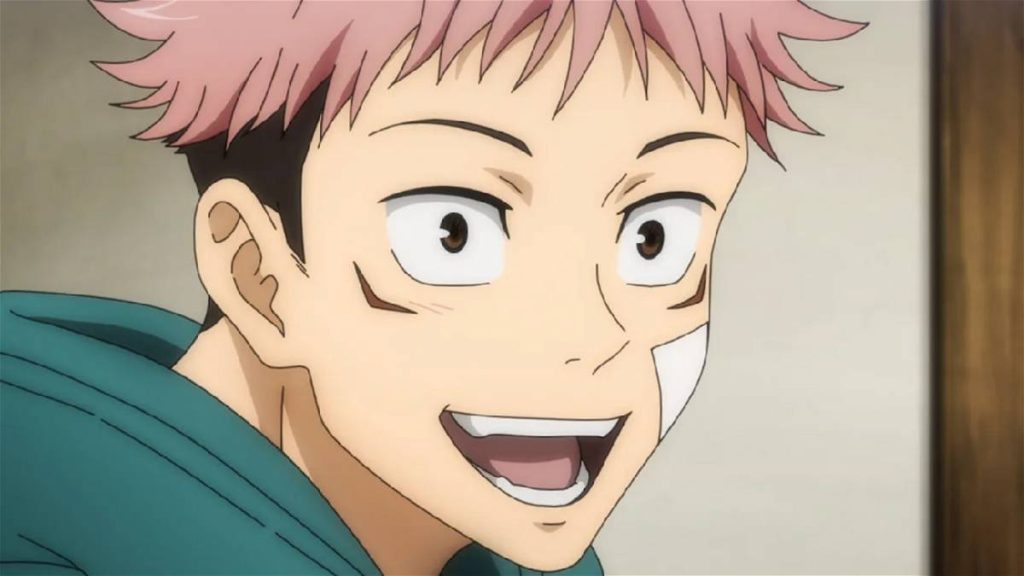 Yuji Itadori from Jujutsu Kaisen | Credit: Studio MAPPA
Yuji Itadori from Jujutsu Kaisen | Credit: Studio MAPPASeries like Naruto and My Hero Academia have been criticized for these pitfalls, leaving fans dissatisfied despite years of investment. In contrast to that, Gege Akutami’s Jujutsu Kaisen avoided cliches of drastic character redesigns or more specifically, weird-looking hairstyles on protagonists.
Awkward short haircut of protagonists: Shonen anime’s epilogue curse
One of the most infamous aspects of the epilogue parts of some major Shonen series is giving the protagonists an awkward-looking haircut, or according to fans “sh*tty short haircut” trope. This trend sees male protagonists suddenly sporting a short, practical haircut in the final chapter or epilogue, symbolizing their transition to adulthood. While the intention might be to signify growth or maturity, fans often view these redesigns as lazy or uncharacteristic.
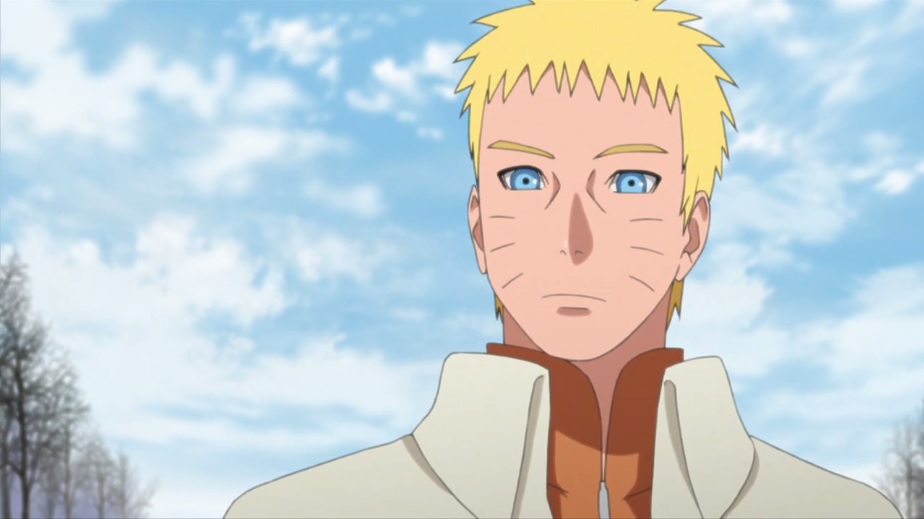 Naruto Uzumaki in Boruto | Credit: Studio Pierrot
Naruto Uzumaki in Boruto | Credit: Studio PierrotA prominent example of this trope is Naruto Uzumaki’s design at the end of Naruto Shippuden and in the Boruto series. In Naruto, the once-energetic ninja with his iconic spiky hair is reduced to a bland, short-haired Hokage. This redesign failed to capture Naruto’s lively spirit and felt jarring to fans.
Fans debate that the current design of Naruto looks more robotic or lacks expressions, with some even jokingly calling him “Mark Zuckerberg Naruto“. Another example of this is the design of Deku in My Hero Academia‘s epilogue. Although not looking too bad in a realistic setting, these haircuts fail to capture the essence that made the characters’ younger selves unique and likable in the first place.
Jujutsu Kaisen‘s fresh changes in character designs
In contrast to Naruto and My Hero Academia, Yuji Itadori’s character arc in Jujutsu Kaisen avoids these pitfalls entirely. Rather than relying on drastic superficial visual changes, Akutami focused on organic character growth. Even in the epilogue part of volume 30, Yuji’s design stays almost the same; with his appearance reflecting his resilience and youthful determination, even in the face of overwhelming trauma.
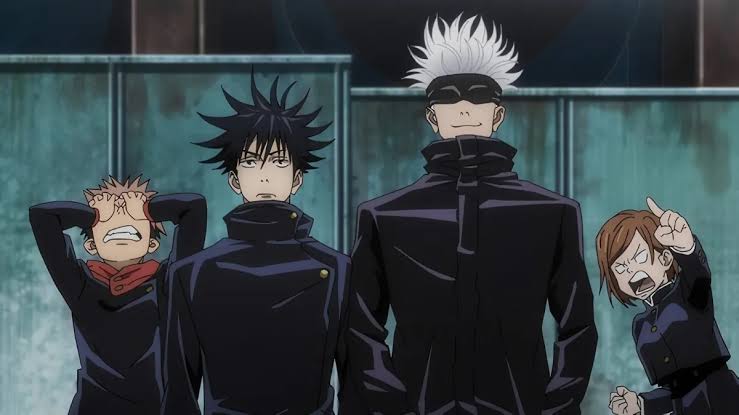 Yuji, Megumi, Gojo, and Nobara | Credit: Studio MAPPA
Yuji, Megumi, Gojo, and Nobara | Credit: Studio MAPPAThis approach brought a fresh change in the cliche designing of the main characters in Shonen epilogues, where the creators give them weird, short haircuts that don’t suit them; only to enforce a mature-looking image. Although not all of them are failures, some Shonen protagonists actually nail the look, characters like Naruto or Deku stand out too much for their awkward designs.
Yuji broke the "Shitty Haircut at the end of the manga" Curse pic.twitter.com/N6qDgrPVI1
— DRIZZI (@Ragnar_AY) December 28, 2024Bcz he didn't become a dad?
— okarun jp (@okarun_jp) December 28, 2024what the fuck happened to naruto
— 𝐍𝐨𝐯𝐚 (𝐣𝐨𝐥𝐥𝐲 𝐚𝐫𝐜) (@novaskiess) December 28, 2024Manga version used for everyone but Naruto, his cut in the manga actually looks way better. Anime did him dirty
— MiddOrToll (@Nostraadamus__) December 28, 2024Luffy and zoro at the eos pic.twitter.com/RtNnKrA7cz
— CheetoBoy (@CheetoBoy6) December 28, 2024Gege Akutami‘s Jujutsu Kaisen has set a new benchmark for shonen manga, proving that it’s possible to deliver a definitive conclusion without succumbing to tired tropes. By avoiding cliche character designs, Akutami has crafted a story where the characters remain authentic and resonant to the very end.
Although the ending of Jujutsu Kaisen might not be everyone’s cup of tea, it still demands respect for the characters and the world they inhabit, a lesson that future creators would do well to heed.
Jujutsu Kaisen is currently available to read on Viz Media.
.png)
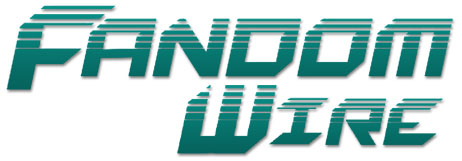 5 days ago
15
5 days ago
15
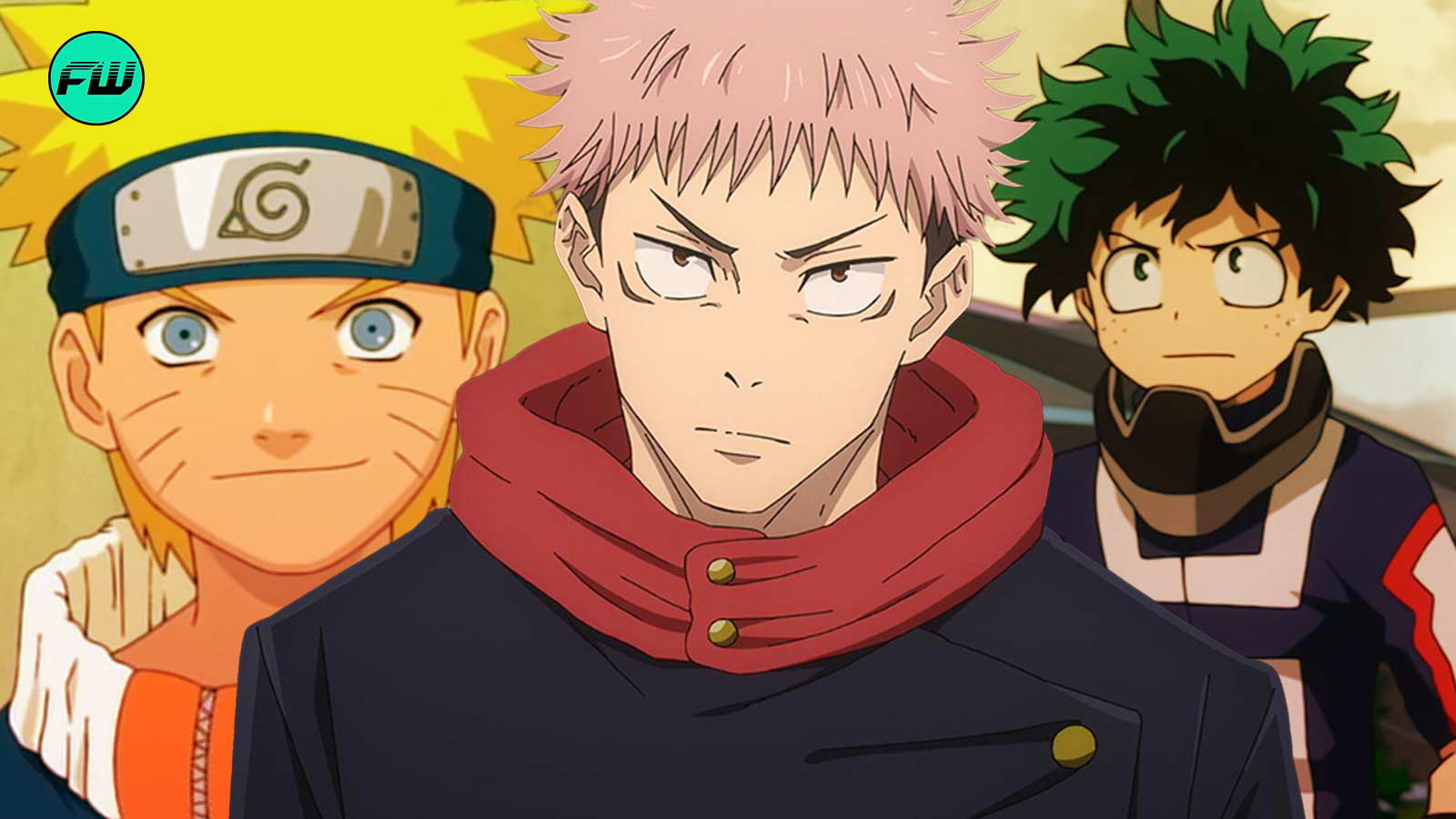


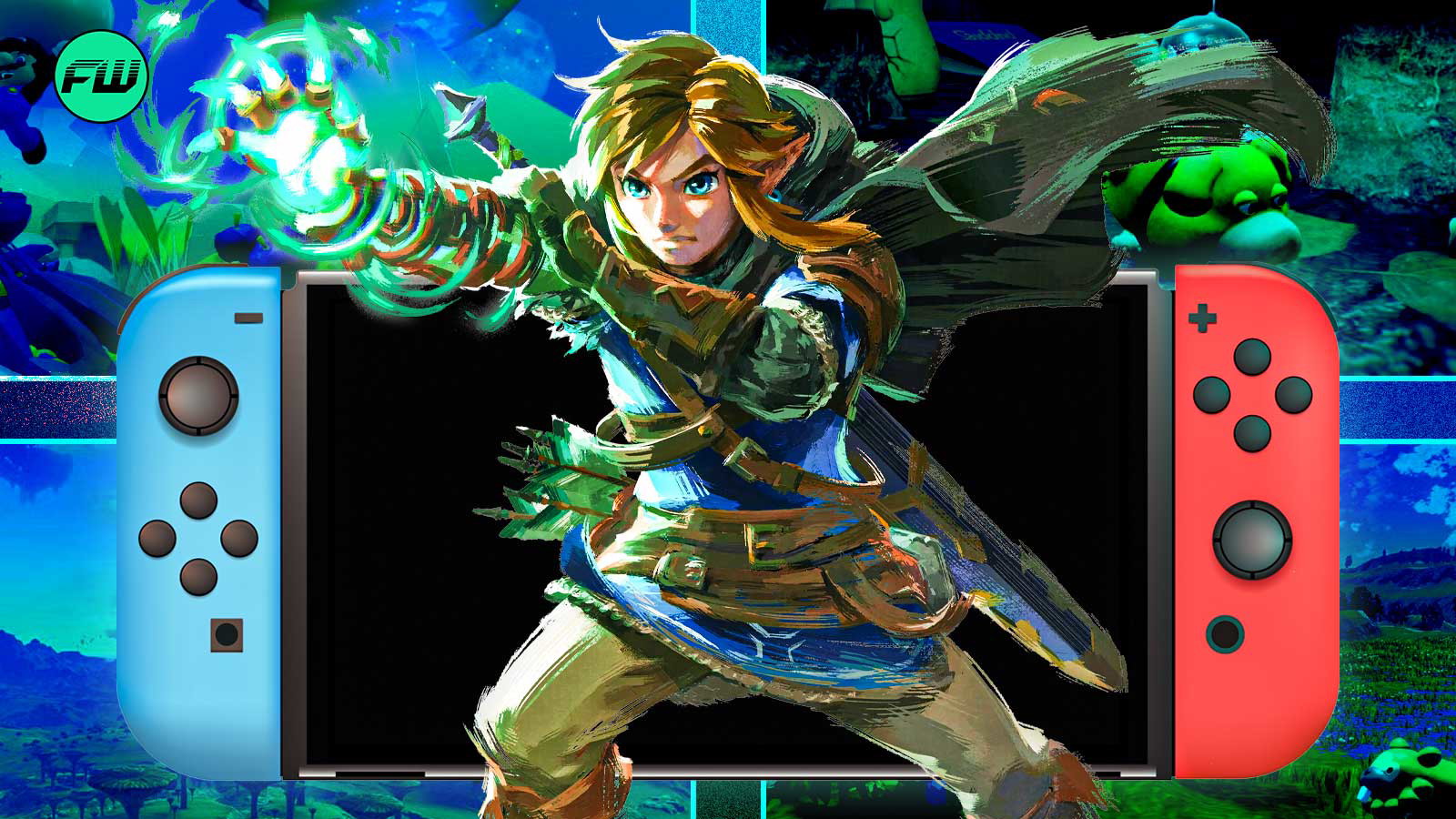
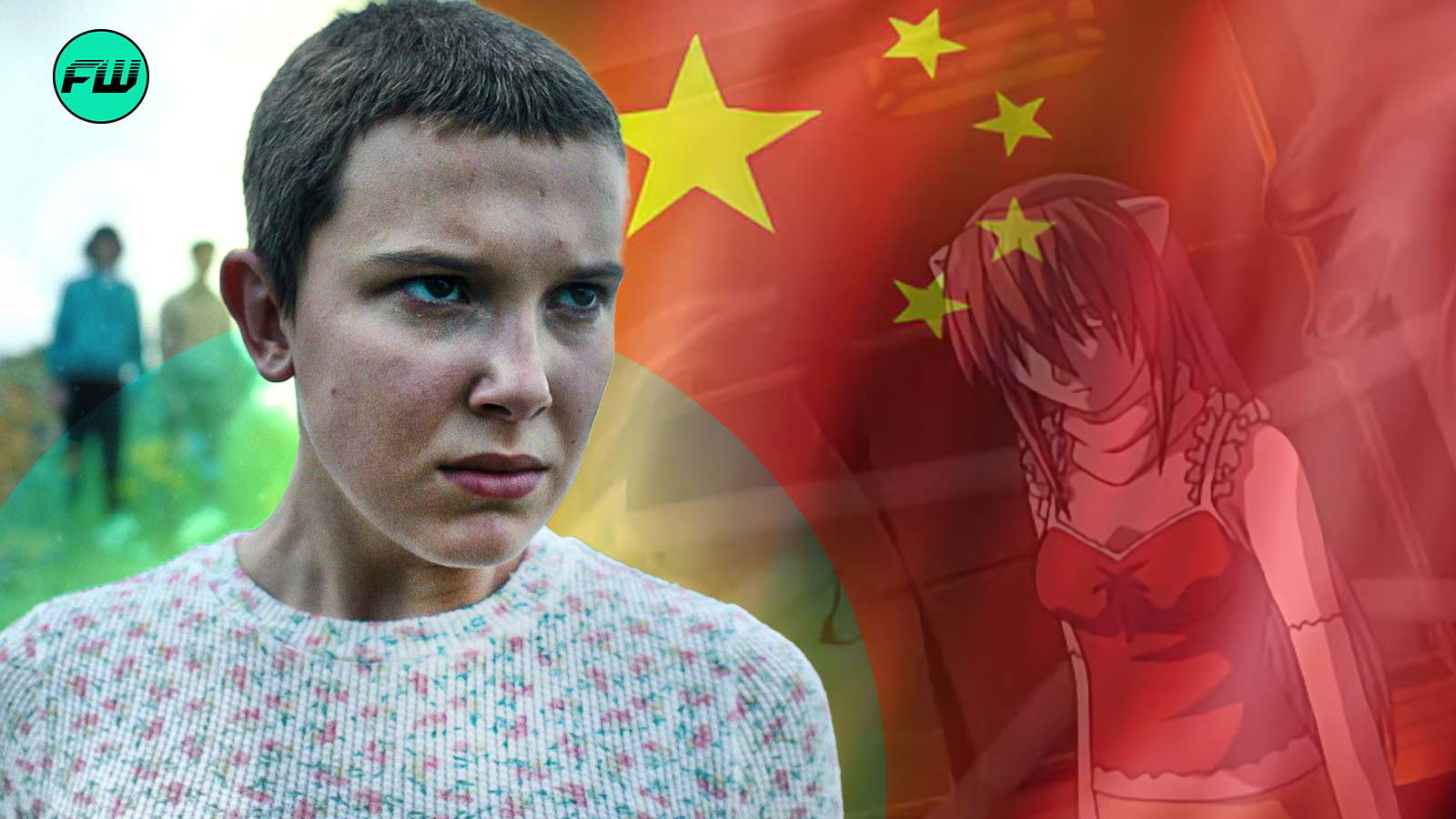

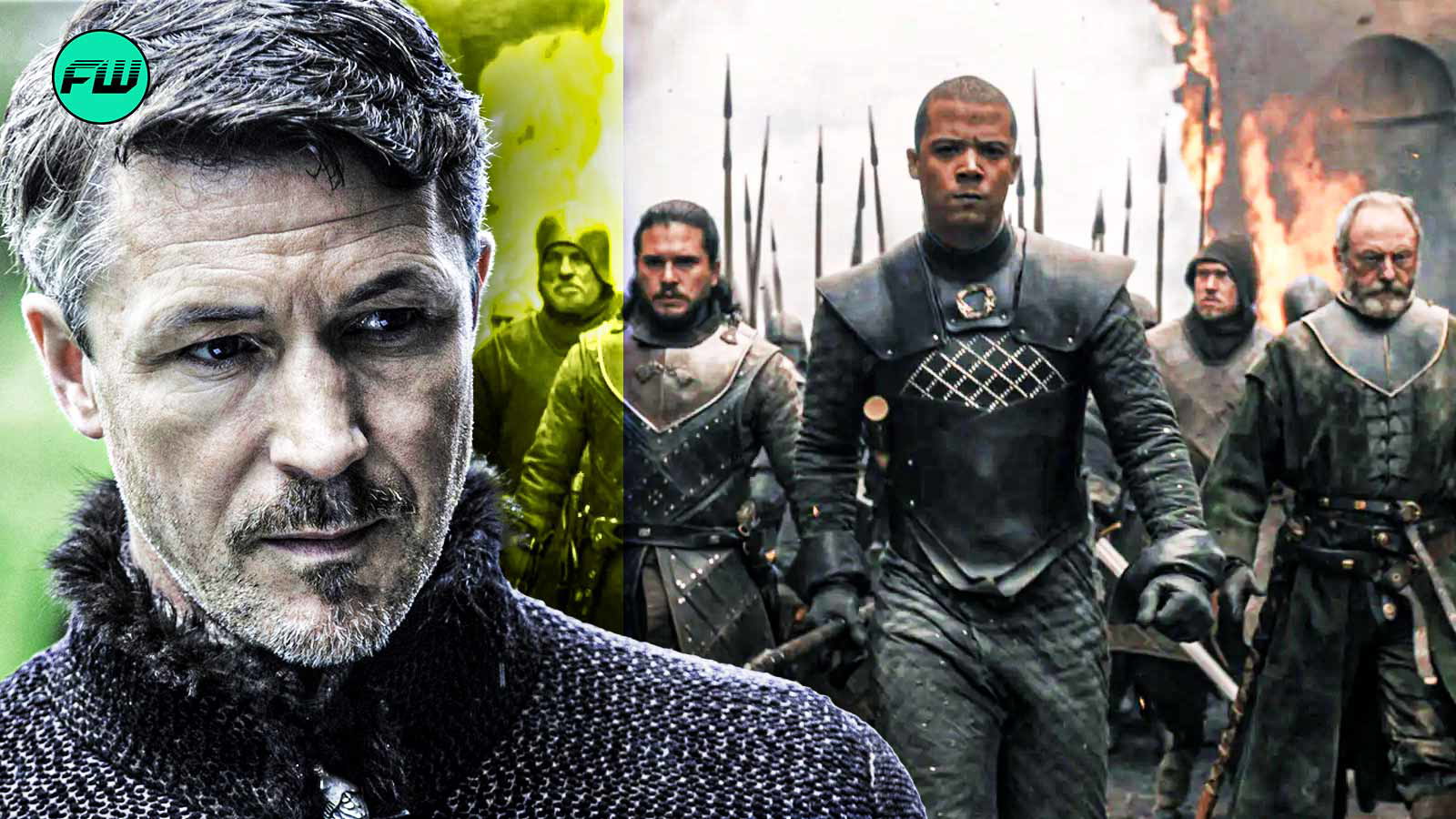
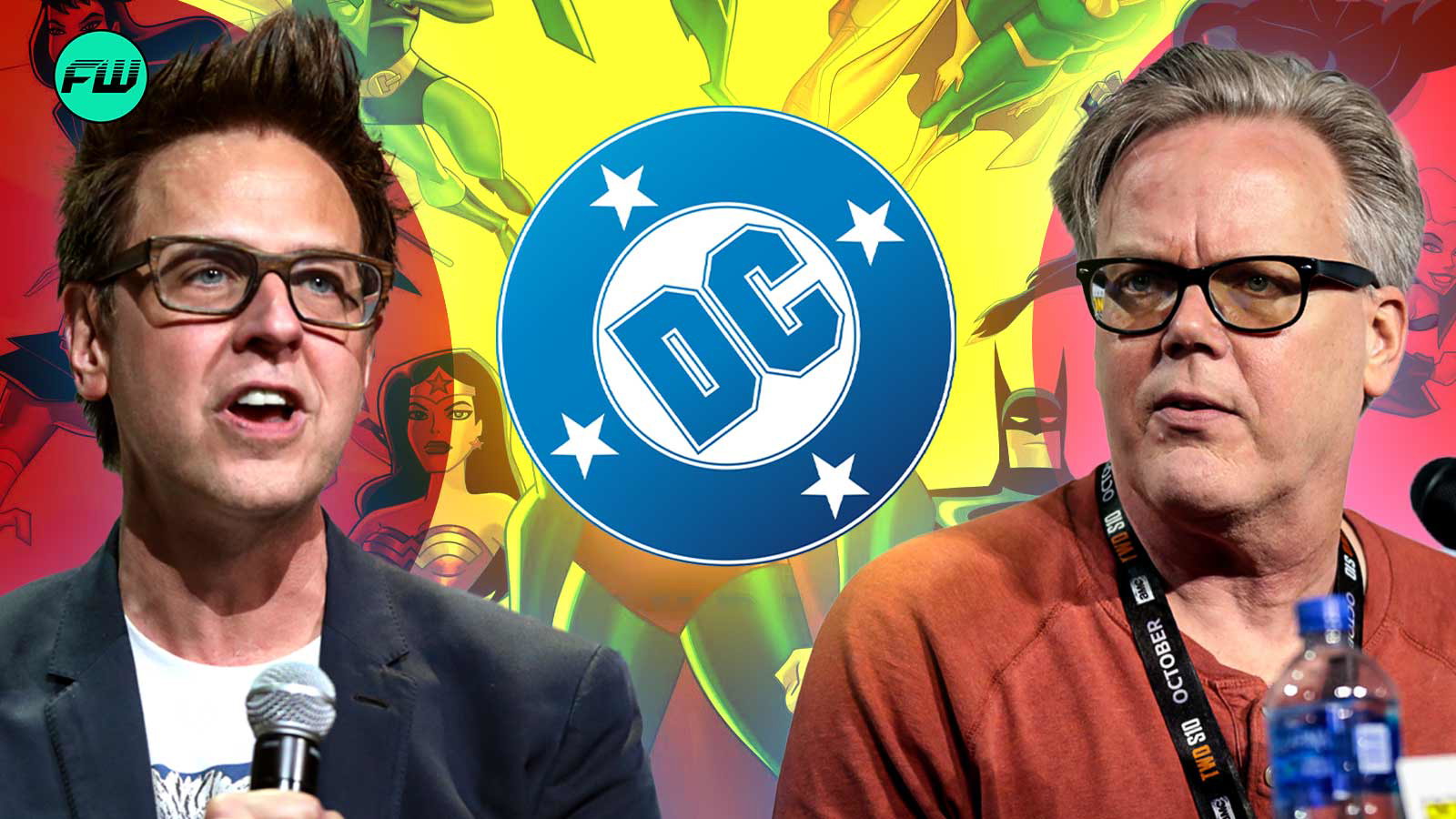

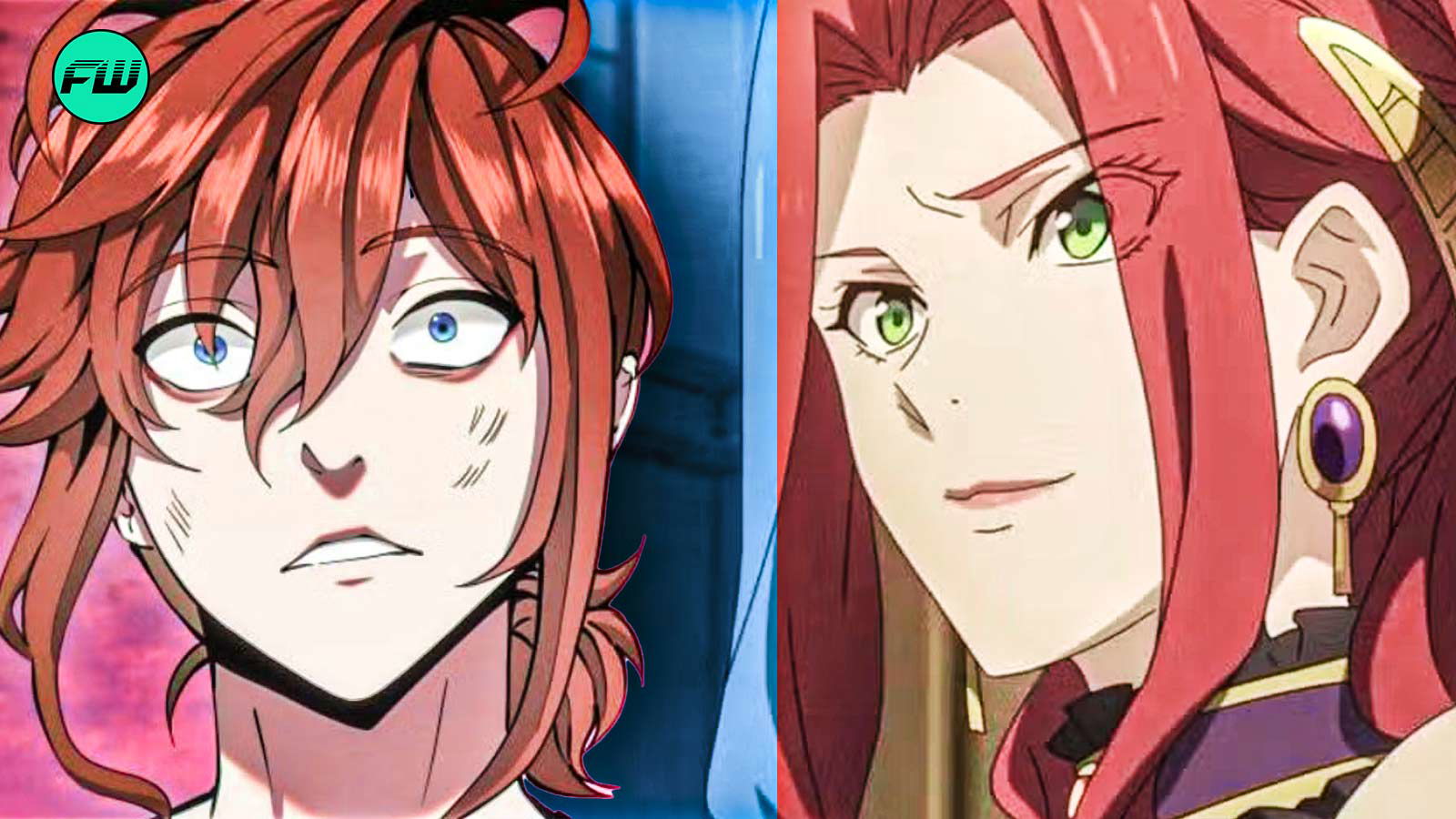
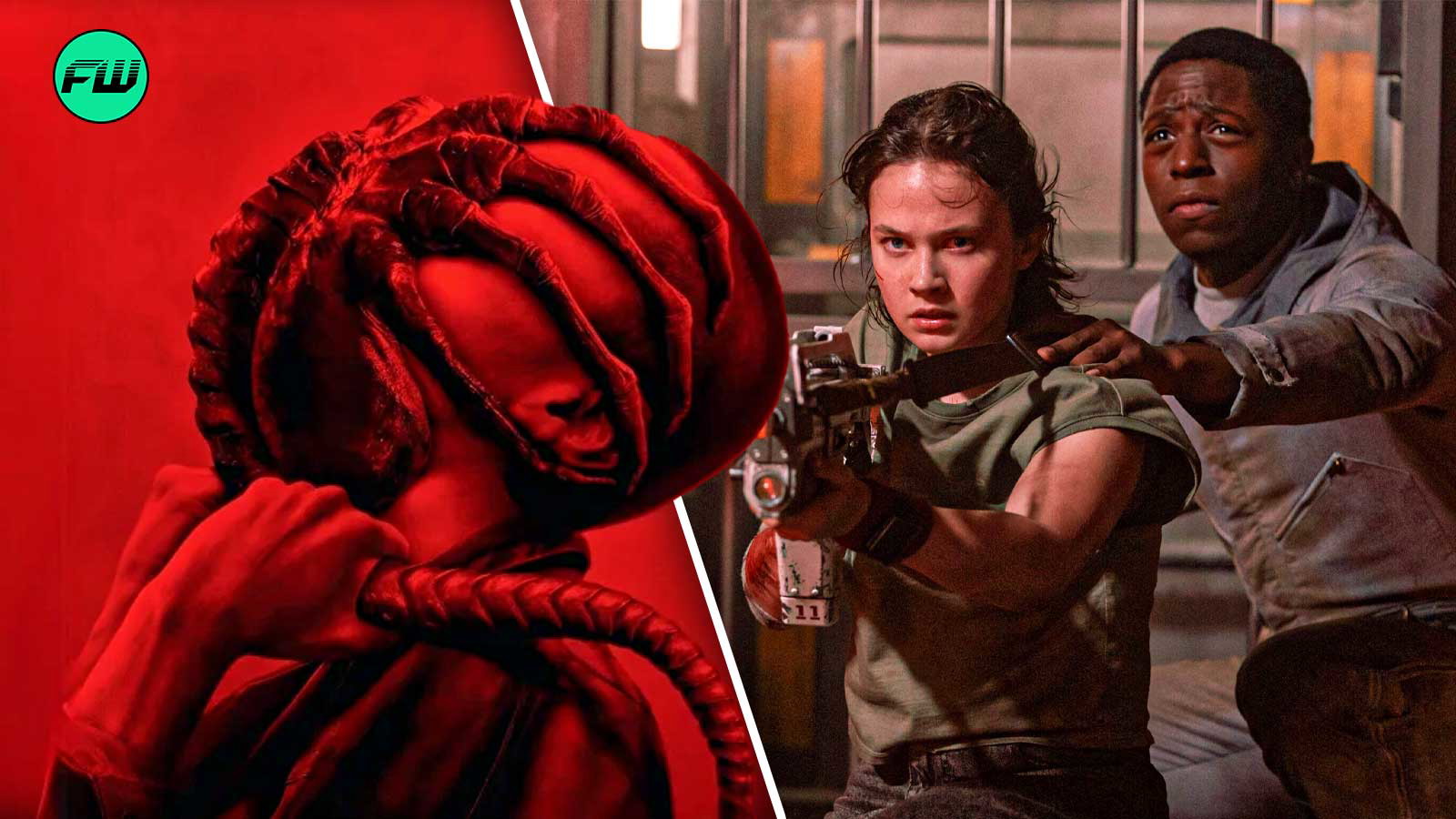
![Donnie Yen Discusses Directing The Prosecutor, Making Action Films, and Bonding Over Star Wars [INTERVIEW]](https://fwmedia.fandomwire.com/wp-content/uploads/2025/01/10115329/the-prosecutor.jpg)

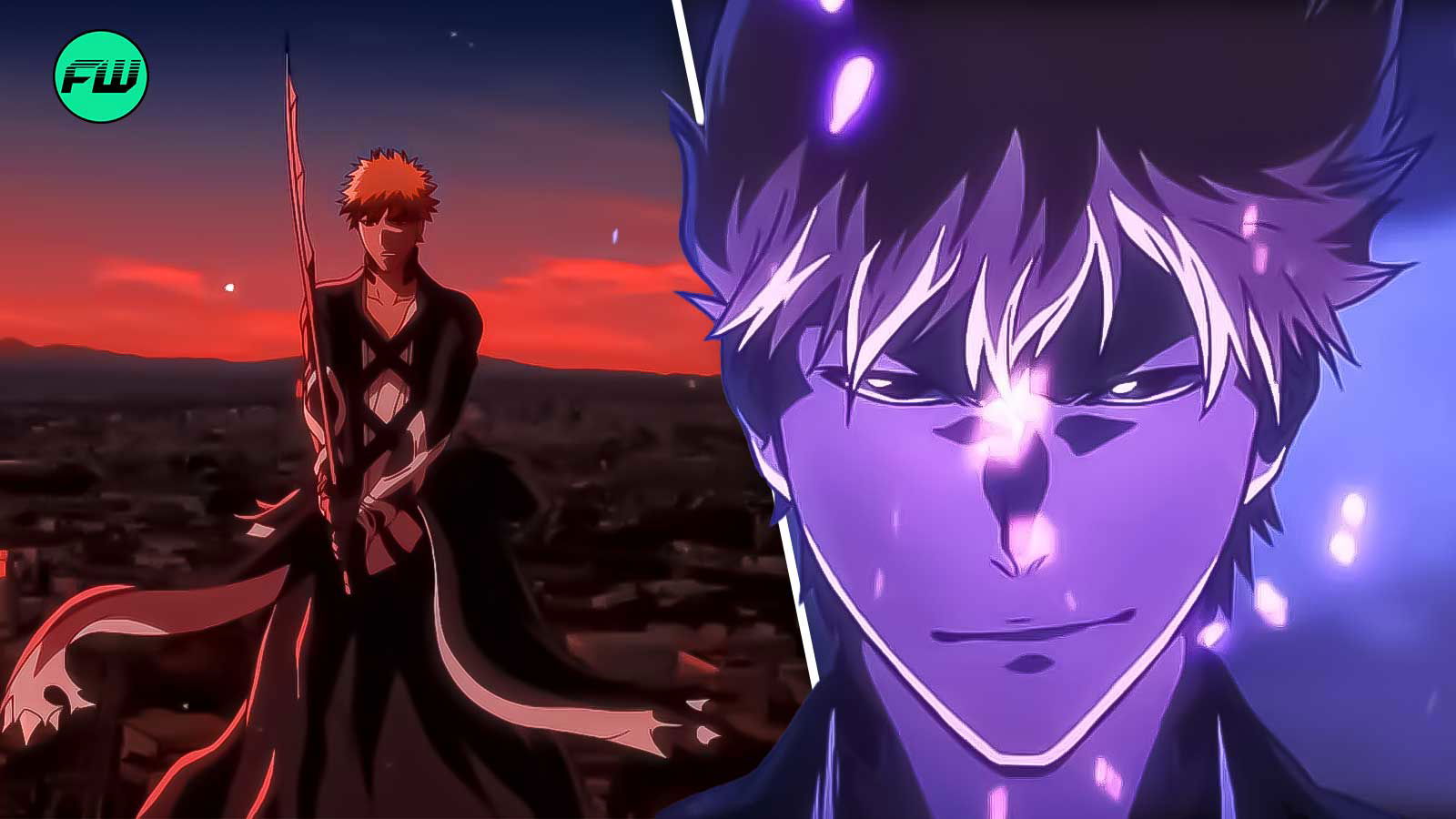






















 Bengali (BD) ·
Bengali (BD) ·  English (US) ·
English (US) ·